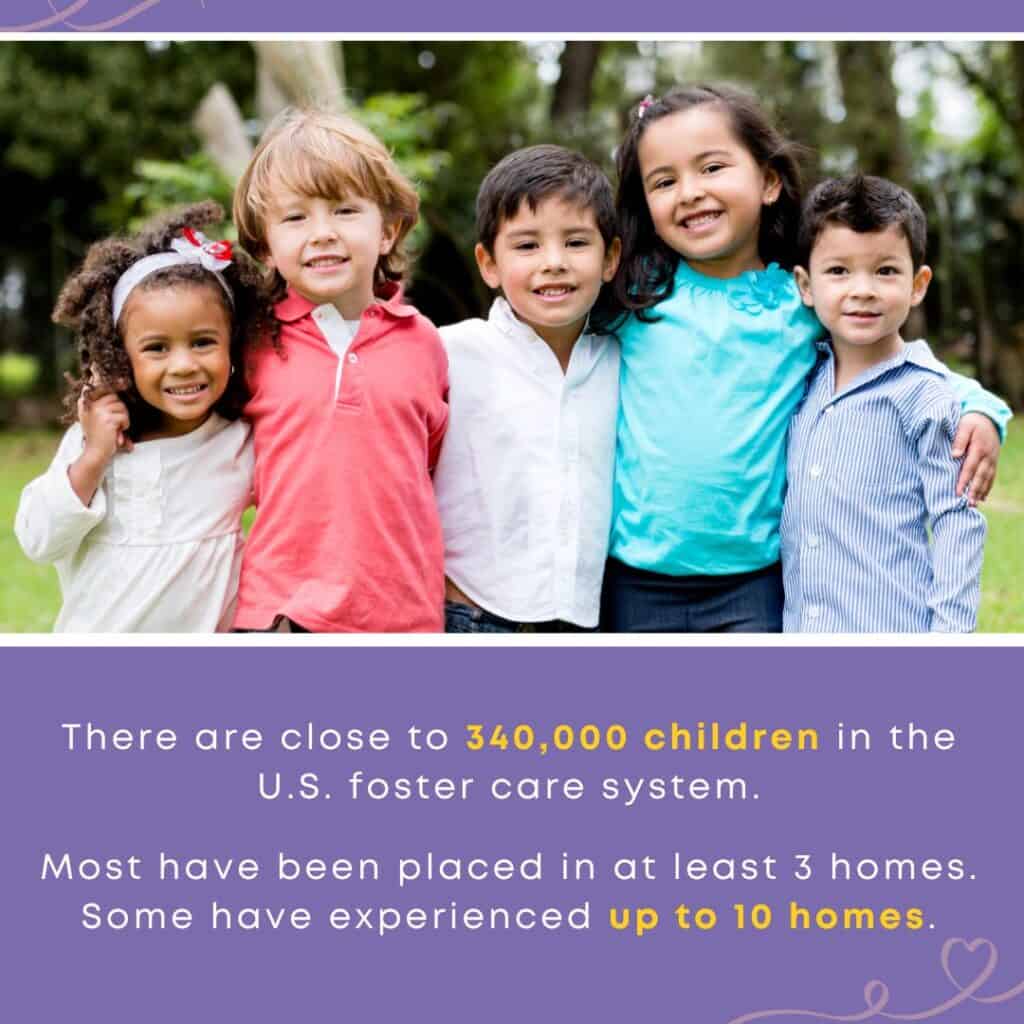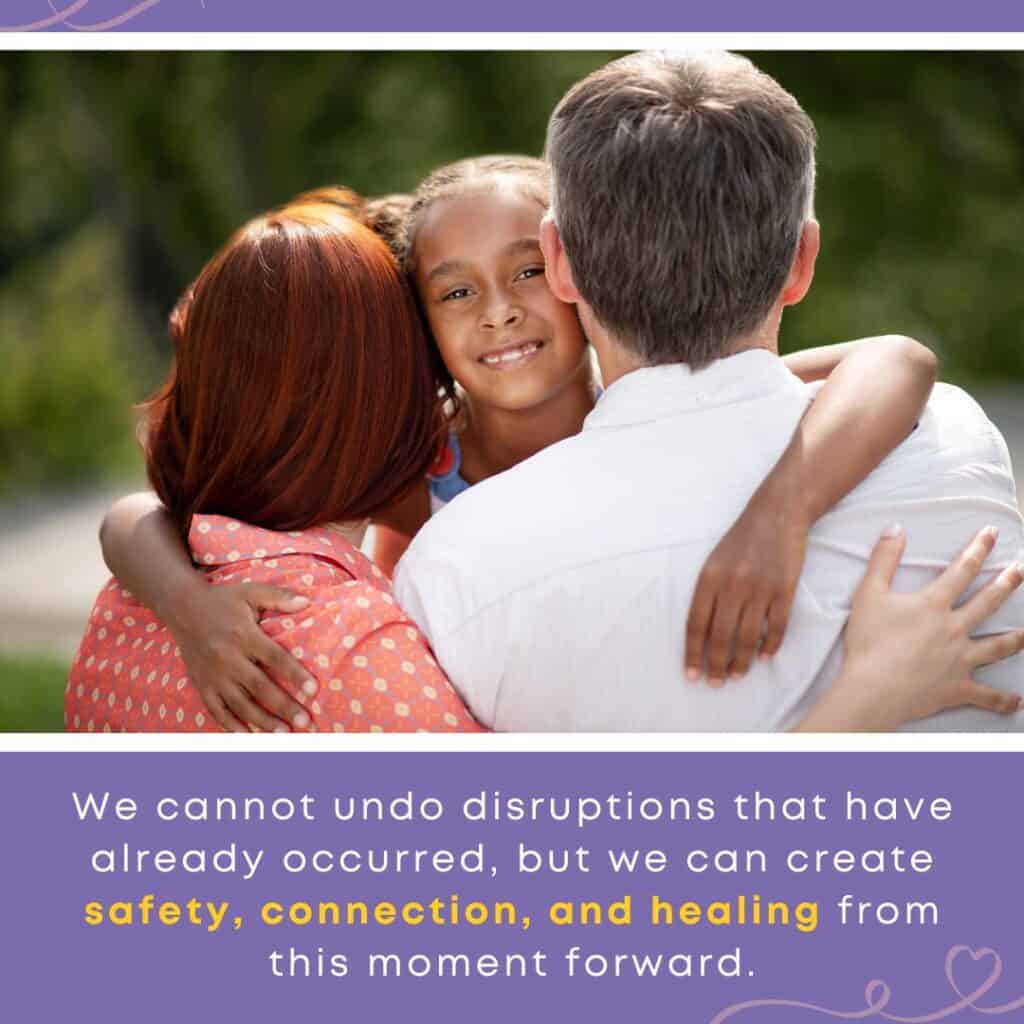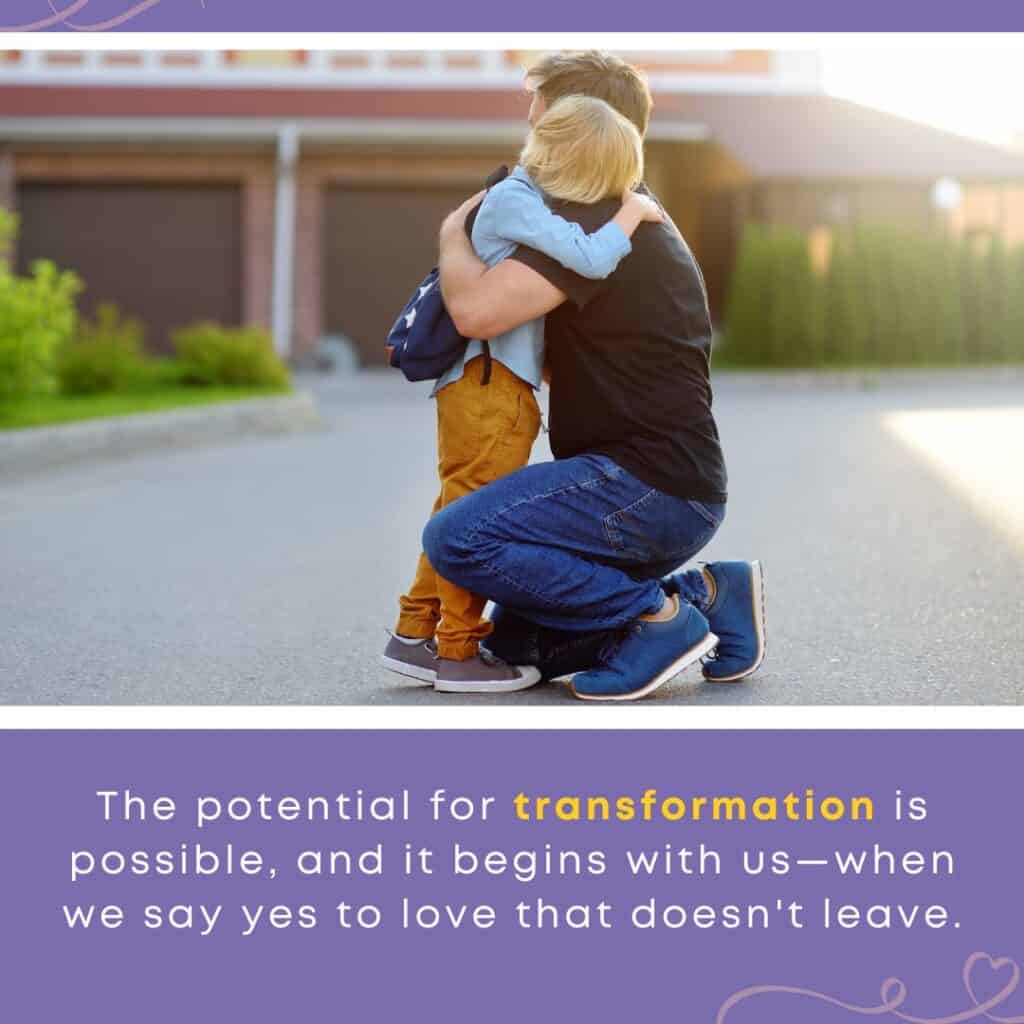- Dec 20, 2019
- 3,913
- 116
There are close to 340,000 children in the U.S. foster system. Foster care doesn’t exist without loss—significant loss, confusion, and trauma—within moments of the very first separation. Yet, despite the challenges they face, children in foster care who have experienced disruption show remarkable resilience. Statistics then go on to tell us that most children in foster care have been placed in 3-4 homes, and some experience up to 10 different homes. Can you imagine?

The toll of multiple homes is profound. The most distressing costs are the emotional and psychological impacts of these transitions. For instance, a child who has been moved from one foster home to another may struggle with attachment disorders, feeling like they can’t trust anyone. They may also experience anxiety, constantly worrying about when they will have to move again, and sometimes depression, feeling
hopeless and alone. The statistics are sobering: children who have experienced more than two placements are 90% more likely to face these behavioral challenges at home, school, and workplace. Those with more than four placements are twice as likely to have diagnosed mental health conditions compared to those with stable placements.
Another cost associated with moving is the educational journey. Every time there is a “new home,” a child loses four to six months of academic progress. Think of that for a child, never feeling like they can quite catch up. A statistic like this can cause a child to feel like doing well is not within reach, leading them to give up and not try. The older they get, secondary education doesn’t even become something they dream of because of the obstacles they have to face. The statistics for fostered youth show a 50% lower high school graduation rate than the general population. And only 3% of former foster youth earn a college degree.
Developmental delays are evident in children who experience multiple moves, ages 0-5. These delays can affect speech, motor skills, and cognitive development. Children with various moves or unstable homes are 75% more likely to have learning disabilities. These tend to follow kids for many years, and they will likely not receive the appropriate interventions and services, creating discouragement and a lack of confidence later in life.

The most significant cost is relational loss. The loss of trusted parents has already occurred—now caregivers, teachers, mentors, church volunteers, and sometimes caseworkers. Every move represents more “goodbyes.” It also tells children that nothing is forever, that love is temporary, that something must be wrong with them, and that they are the problem.
Where a child finds themselves—whether in their first placement or fifth—this is not the end of their story. Each time a child experiences a stable, nurturing relationship that provides the needed structure to build safety, it begins to rewrite their story. As a reader, you can be a part of this process. Healing doesn’t occur in isolation; it happens with safe people providing safe relationships. Your support and understanding can significantly impact a child’s life.
Hope is a word that exemplifies what these kiddos need. Hope is found in foster families who stay. It’s found in caseworkers who go the extra mile. It’s found when teachers see beyond behavior to the pain beneath them. It’s when mentors keep showing up in churches that wrap around families in communities that step up and decide that these are God’s children in need of caring adults. Every time adults consistently build connections and don’t give up, they restore all they’ve lost. This is a collective responsibility, and we can make a difference.
We cannot undo disruptions that have already occurred, but we can create safety, connection, and healing from this moment forward. When families view children through the lens of trauma and the loss they have experienced, they are better prepared to respond with empathy instead of reacting. They provide predictable routines that foster safety. They build trust through attunement and connection. They better help children to regulate their emotions and build necessary resilience.

Most importantly, they provide repair when relationships erupt. We can show them Christ’s unconditional love, which will help them understand that love is not temporary or conditional. We can show them that they are not the problem and that their past does not determine their future. What a beautiful gift we can give a child who consistently has reels playing repeatedly in their head that all they’ve been through must be their fault.
We can be hope dealers when we invest in families before and during placement. The potential for transformation is possible, and it begins with us—when we say yes to love that doesn’t leave, when we believe in a child, no matter how many homes they’ve had. That’s when healing begins and the hope these children need most.
The post The Cost of Disruption in Foster Care appeared first on Focus on the Family.
Continue reading...
Impacts of Disruption in Foster Care

1. The Emotional and Psychological Impact
The toll of multiple homes is profound. The most distressing costs are the emotional and psychological impacts of these transitions. For instance, a child who has been moved from one foster home to another may struggle with attachment disorders, feeling like they can’t trust anyone. They may also experience anxiety, constantly worrying about when they will have to move again, and sometimes depression, feeling
hopeless and alone. The statistics are sobering: children who have experienced more than two placements are 90% more likely to face these behavioral challenges at home, school, and workplace. Those with more than four placements are twice as likely to have diagnosed mental health conditions compared to those with stable placements.
2. The Impact of Disruption on Education
Another cost associated with moving is the educational journey. Every time there is a “new home,” a child loses four to six months of academic progress. Think of that for a child, never feeling like they can quite catch up. A statistic like this can cause a child to feel like doing well is not within reach, leading them to give up and not try. The older they get, secondary education doesn’t even become something they dream of because of the obstacles they have to face. The statistics for fostered youth show a 50% lower high school graduation rate than the general population. And only 3% of former foster youth earn a college degree.
3. Developmental Delays
Developmental delays are evident in children who experience multiple moves, ages 0-5. These delays can affect speech, motor skills, and cognitive development. Children with various moves or unstable homes are 75% more likely to have learning disabilities. These tend to follow kids for many years, and they will likely not receive the appropriate interventions and services, creating discouragement and a lack of confidence later in life.

4. Relational Loss Due to Disruption
The most significant cost is relational loss. The loss of trusted parents has already occurred—now caregivers, teachers, mentors, church volunteers, and sometimes caseworkers. Every move represents more “goodbyes.” It also tells children that nothing is forever, that love is temporary, that something must be wrong with them, and that they are the problem.
Where a child finds themselves—whether in their first placement or fifth—this is not the end of their story. Each time a child experiences a stable, nurturing relationship that provides the needed structure to build safety, it begins to rewrite their story. As a reader, you can be a part of this process. Healing doesn’t occur in isolation; it happens with safe people providing safe relationships. Your support and understanding can significantly impact a child’s life.
Bringing Hope Into Foster Care Instead of Disruption
Hope is a word that exemplifies what these kiddos need. Hope is found in foster families who stay. It’s found in caseworkers who go the extra mile. It’s found when teachers see beyond behavior to the pain beneath them. It’s when mentors keep showing up in churches that wrap around families in communities that step up and decide that these are God’s children in need of caring adults. Every time adults consistently build connections and don’t give up, they restore all they’ve lost. This is a collective responsibility, and we can make a difference.
From This Moment Forward
We cannot undo disruptions that have already occurred, but we can create safety, connection, and healing from this moment forward. When families view children through the lens of trauma and the loss they have experienced, they are better prepared to respond with empathy instead of reacting. They provide predictable routines that foster safety. They build trust through attunement and connection. They better help children to regulate their emotions and build necessary resilience.

Most importantly, they provide repair when relationships erupt. We can show them Christ’s unconditional love, which will help them understand that love is not temporary or conditional. We can show them that they are not the problem and that their past does not determine their future. What a beautiful gift we can give a child who consistently has reels playing repeatedly in their head that all they’ve been through must be their fault.
We can be hope dealers when we invest in families before and during placement. The potential for transformation is possible, and it begins with us—when we say yes to love that doesn’t leave, when we believe in a child, no matter how many homes they’ve had. That’s when healing begins and the hope these children need most.
The post The Cost of Disruption in Foster Care appeared first on Focus on the Family.
Continue reading...




